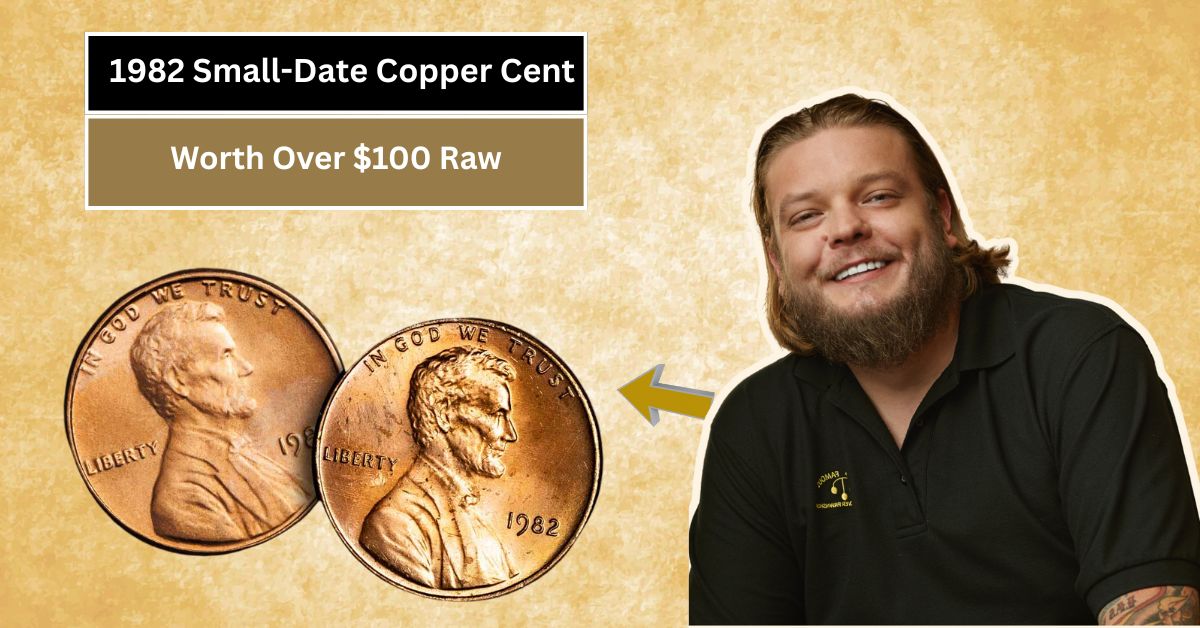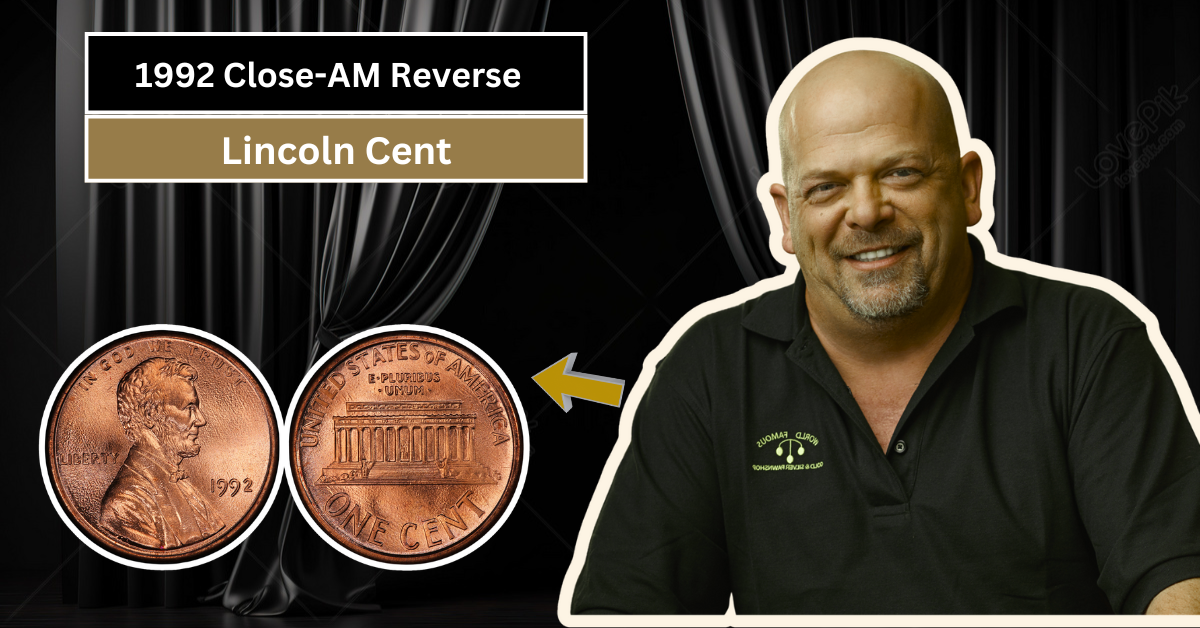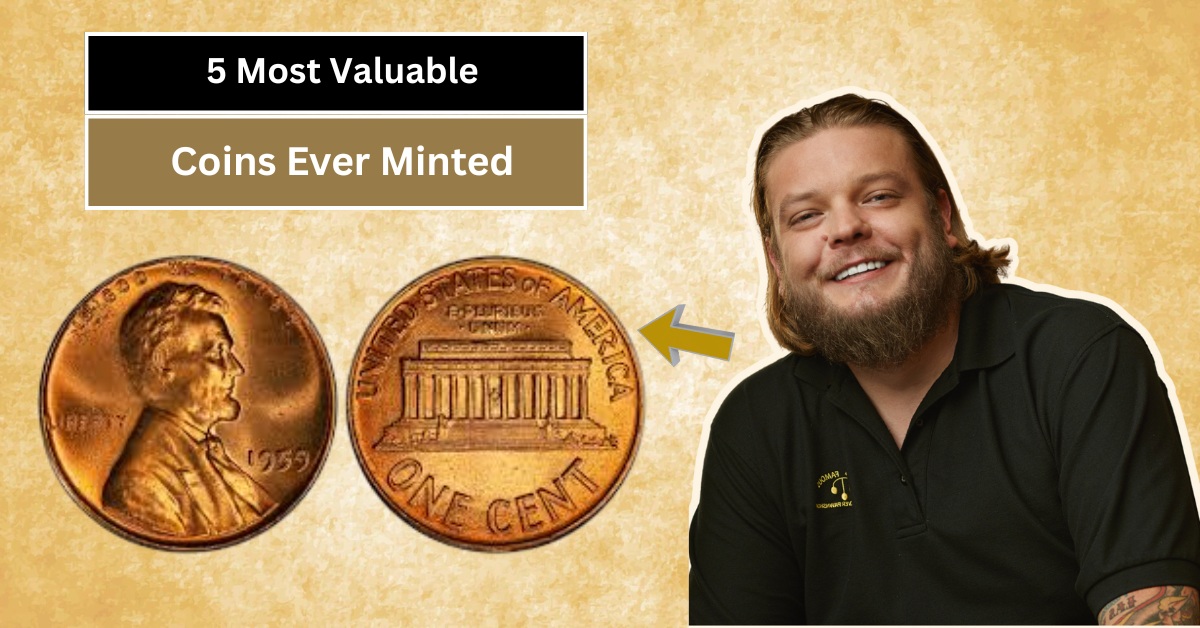If you’re a coin collector or just curious about rare finds, the 1982 Small-Date Copper Cent might be something exciting to explore. This particular penny comes from a transitional year when the U.S. Mint changed the composition of pennies but also featured a small date design. Because of these unique factors, it is more valuable than ordinary cents, sometimes fetching over $100 even in raw, ungraded condition.
Many people overlook the 1982 small-date copper cent as just another penny, but its combined features make it quite rare. Especially for younger collectors or anyone interested in affordable but valuable coins, this cent can be a great introduction to coin collecting and investing. Let’s dive deeper into what makes this coin special and why it’s worth searching for one.
Understanding the 1982 Penny: A Year of Change
This Article Includes
- 1 Understanding the 1982 Penny: A Year of Change
- 2 What Makes the Small-Date Copper Cent So Special?
- 3 Weight Matters: Why the 3.11 Grams Is Important
- 4 Why Can These Pennies Fetch Over $100 Raw?
- 5 How to Identify a Genuine 1982 Small-Date Copper Cent
- 6 Where to Find the 1982 Small-Date Copper Cent
- 7 Should You Invest in 1982 Small-Date Copper Cents?
- 8 Conclusion: Start Hunting for Your 1982 Small-Date Copper Cent
The year 1982 was an important one in the history of U.S. pennies because the U.S. Mint started switching from mostly copper pennies to mostly zinc ones with a thin copper coating. Early in the year, pennies were made from a solid copper planchet weighing about 3.11 grams. Later in the year, the composition changed to a primarily zinc core with a copper layer, which weighs less.
Besides the metal shift, 1982 pennies came with two different date sizes known as “large date” and “small date.” The small-date design shows thinner and shorter numbers compared to the large date. This change may seem minor but is key to making the small-date copper cents extremely collectible.
What Makes the Small-Date Copper Cent So Special?
The small-date copper cent from 1982 blends two rare traits: the solid copper metal and the small-date design. Most pennies in circulation are made from the newer zinc planchet and have the large-date printing. Finding a penny that combines the old copper metal and the small-date stamp is rare, and that rarity boosts its value significantly.
Collectors prize these coins because they are a physical reminder of the transition period in penny production. Due to their limited mintage and the fact that many copper pennies were melted down over the years, the surviving small-date copper cents are both rare and valuable.
Weight Matters: Why the 3.11 Grams Is Important
One way to tell if a 1982 penny is copper or zinc is by weighing it. Copper pennies from that year weigh about 3.11 grams, while zinc pennies weigh only 2.5 grams. This difference is useful for collectors trying to spot valuable copper cents among thousands of common zinc ones.
If you do not have a precise scale, it can be tricky to judge by eye, but even simple tests can help determine the coin’s composition. Copper pennies feel heavier and often have a slightly different color compared to the lighter zinc versions.
Why Can These Pennies Fetch Over $100 Raw?
Raw coins mean pennies that have not been graded or professionally cleaned. Even without official grading, a 1982 small-date copper cent in good condition can fetch over $100 because collectors know its rarity and potential value. Demand for these coins remains strong, especially as more people discover their story.
With coin prices rising generally, many old pennies have gained unexpected worth. The 1982 small-date copper cent fits perfectly for investors who want to enter the coin market without spending too much. You don’t need a professional grading to get a good price, just a genuine small-date copper version in decent condition.
How to Identify a Genuine 1982 Small-Date Copper Cent
If you want to find a genuine 1982 small-date copper cent, start by looking closely at the date numbers on the penny. The “8” and “2” in the small-date are smaller and have a different shape compared to the large-date design. You can easily compare side by side with other pennies to notice the difference.
Next, use a small digital scale to weigh the coin. If it weighs about 3.11 grams, it is most likely copper. However, the best method for serious collectors or sellers is to get the penny professionally tested for its metal content.
Where to Find the 1982 Small-Date Copper Cent
Because these pennies were produced only in limited numbers and many have been lost or melted down, spotting one requires patience. Look in old coin collections, with family members, or even in circulation in loose change—though that is rare. You can also check local coin shops or online marketplaces.
It’s important to be careful when purchasing from unknown sellers and always ask for close-up photos or detailed descriptions. Authenticity is key, especially since the value depends heavily on the coin being the small-date copper version.
Should You Invest in 1982 Small-Date Copper Cents?
For young enthusiasts in India or anywhere, investing in rare coins can be rewarding. The 1982 small-date copper cent represents a relatively affordable entry point with clear criteria to check for authenticity. It’s a tangible piece of history that also offers potential financial benefits.
Remember, coin investing requires patience and study to avoid fakes or overpaying. Learn about the grading, market prices, and keep watch on trends. But this particular penny is a solid choice for someone wanting to begin coin collecting with a valuable coin from a transitional year.
Conclusion: Start Hunting for Your 1982 Small-Date Copper Cent
The 1982 small-date copper cent is an underrated treasure with unique history and real value. It offers a fascinating story about changes in coin production and a surprising price tag for a penny. Whether you want to start collecting coins or invest in rare finds, this penny is definitely worth adding to your list.
Keep an eye out for it while sorting through loose change or visiting coin dealers. With a bit of luck and knowledge, you could find one that might be worth much more than its face value—potentially over $100 raw. That’s a small investment with a good chance of a big reward.






